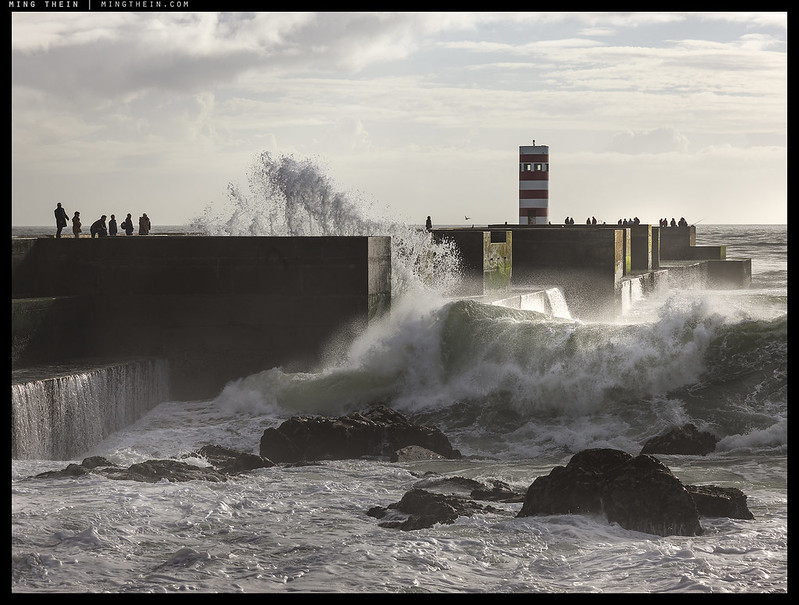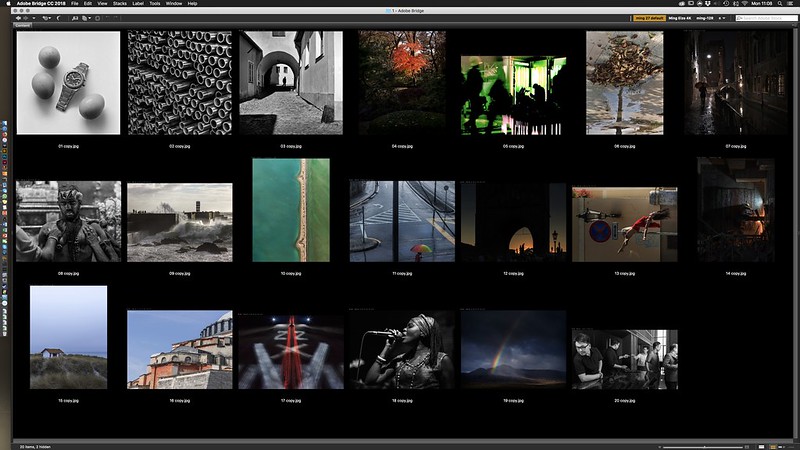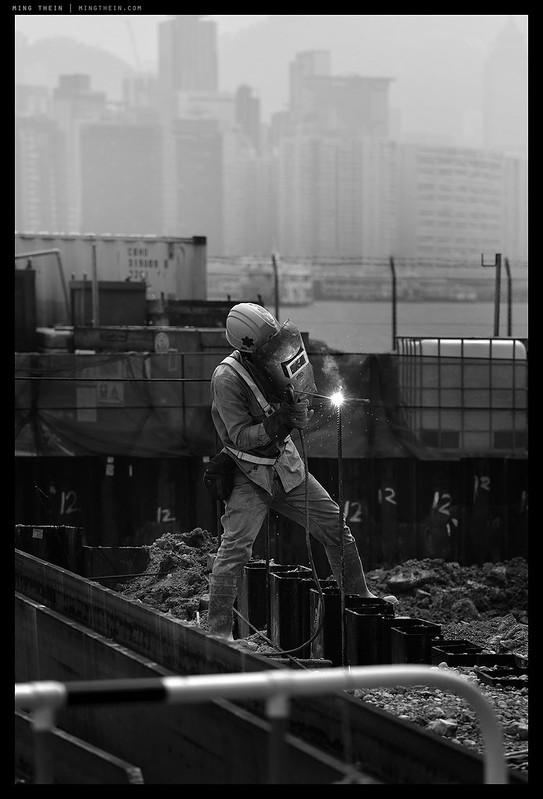
Above and Beyond
I am used to having two kinds of clients: the first type tends to want things that have already been done before; they don’t want to take risks because previous photographers might have over promised and under delivered, or they lack the imagination to see something that hasn’t been done before. Or they simply are unwilling to pay for creativity over duplication. These are the kind of shoots that never go into your portfolio because it’s not the kind of work you want to be known for, but we pros have to do because they put food on the table and keep us in business; hopefully for long enough to get the chance to work on a project where we have full creative control and feel the pressure of our own limitations. It’s the kind of project where the client is willing to seriously consider your crazy ideas and trust your ability to deliver them.
My introduction to Koenigsegg came through Hasselblad and DJI. I suggested to Christian (von Koenigsegg) that we combine a bit of everybody’s technology: long exposures on a moving car to show dynamism and suggest a journey; high speed flash to freeze the car to make it distinct; very large prints and expansive compositions to fully use the camera’s resolution – and then top it off with an aerial perspective by putting the H6D on DJI’s largest aircraft. Execution would be tricky as there were a lot of moving pieces to coordinate and a very small window in which ambient daylight would be sufficient to see the surroundings, but not so much as to overpower the car’s lights. It would require a long exposure and a stable aerial platform. Honestly, I wasn’t 100% sure we could pull it off – and there was a backup documentary shoot within the factory to detail the construction process for the times of day where ambient light wasn’t suitable for the outdoor car sequences.
In the end, the shoot only produced five images – each one requiring a couple of hours of setup, test positioning for car, lighting and aircraft. We had to have a coordinator in touch with air traffic control and override codes from DJI HQ to allow us to fly as the Koenigsegg test track was on the edges of a live airfield. In the end I landed up triggering the lights manually with the trigger in one hand, a radio in my ear to direct the driver, and an ipad with the camera gimbal controls in the other – with the pilot next to me. The only time I’d had to do multitask more heavily was during another automotive shoot – a TV commercial where we added a crane car and crane operator to the mix.
I always feel mentally fried at the end of these shoots – but in the good kind of way where you know you’ve pushed your limits, the team’s limits, the hardware’s limits, and come out with something really unique. I’m just grateful there are still clients like this giving us photographers the chance to keep pushing.













